The views expressed in our content reflect individual perspectives and do not represent the authoritative views of the Baha'i Faith.
In ancient Greece, the concept of “race” didn’t come into play as much as social class, language, and religion.
The term “race” was introduced in the English language less than 500 years ago. By claiming that there were many “races,” those in power benefited. This idea of different races gradually became a social reality, resulting in privileges for some and inequitable disadvantages for others—and in what we now call racism, seen as the most challenging social issue of our time.
The social construct of race was created to separate us, resulting in humanity becoming splintered into many groups and communities, though we had always been nomads, wanderers, and migrants on this Earth. The more we multiplied and allowed greed, envy, and false senses of superiority to dominate our thinking, the more we began to see our differences of color as differences in kind. Issues like nationality and ethnicity, and then race, became the primary separators during the era of nation-building and slavery.
As the needs and priorities of humanity continually evolve, we seem to now be passing from an era characterized by a consciousness of duality, in which many cultures live in conflict with one another, into another era defined by a growing consciousness of oneness, in which cultures could peacefully coexist in harmony and unity.
As a white male, and a believer in the oneness of humanity, it is my responsibility to understand, apply, and put into practice both current scientific truth and universal spiritual principles to help bring about race unity.
To this end, the goal of race unity is not just wishful thinking, but a vision that lies at the heart of the world’s spiritual traditions—and a truth that is shared by science. By the mid-19th century, with humanity ready to move on to its next stage of collective development, another divine revelation arose in the person and writings of Baha’u’llah, the founder of the Baha’i Faith. That new revelation would again try to instill in the hearts of humanity a profound understanding and appreciation of its essential unity and oneness:
The fundamental purpose animating the Faith of God and His Religion is to safeguard the interests and promote the unity of the human race. – Baha’u’llah, Gleanings from the Writings of Baha’u’llah, p. 215.
In every Dispensation, the light of Divine Guidance has been focused upon one central theme …. In this wondrous Revelation, this glorious century, the foundation of the Faith of God, and the distinguishing feature of His Law, is the consciousness of the oneness of mankind. – Abdu’l-Baha, quoted by Shoghi Effendi in The Promised Day Is Come, p. 119.
This earth is one household and the nativity of all humanity; therefore the human race should ignore distinctions and boundaries which are artificial … the reality is that humanity is one … Therefore false distinctions of race and nativity, which are factors and causes of warfare, must be abandoned. – Abdu’l-Baha, The Promulgation of Universal Peace, p. 118.
Science has concurred with and eventually validated this spiritual truth. What Charles Darwin deduced about evolution in the 1880s regarding the interrelatedness of all life—that “All the organic beings which have ever lived on this earth have descended from some one primordial form”—was scientifically confirmed by Watson and Crick in 1953. Their discovery of DNA, a genetic code that all life has embedded in its cells, was a paradigm shifter for genetics, genealogy, and molecular anthropology. – Matt Ridley, “Modern Darwins,” National Geographic, February 2009.
Scientists now consult this “genetic scripture” to better understand the physical realm, just as spiritual seekers consult religious scripture, revealed by the prophets of God, to acquire insight into the principles governing the spiritual realm.
What DNA tells us, beyond confirming the reality of evolution, is that all human beings alive today are the descendants of ancestors who set out from Africa some 70,000 years ago and migrated to different continents. We are each literally related—biologically—to every other human being, because we all share the same common ancestors. Although more than seven billion of us inhabit the planet today, every human being—of any so-called “race”—is at least a 50th cousin to every other person, and most of us are far more closely related. – Guy Murchie, The Seven Mysteries of Life, pp. 344-351.
It was not biology but rather the local environmental and geographic conditions that caused differences in skin tone that we now identify as different races.
DNA has changed how we should see ourselves in relation to each other, and what we think of as home. Now we can actually see that the Earth is our common homeland, and we are all global villagers. Ultimately, we should realize that there is really only one human race, since we are among the most genetically similar of all species. The external differences we observe daily are literally only skin deep. Eighty-five percent of all human variation exists within, not between, any social population.
As we integrate this new understanding of DNA and this common code in our genes, our worldview should shift, too. The idea that there are many human “races” in reality is an illusion—we are all members of one human family.
However, race as a social construct, and by extension racism itself, is much more deeply rooted in our societal framework than our current understanding of DNA and the oneness of humanity. It’s going to take a lot of work in order to shift the foundation of our society to one that acknowledges the oneness of humanity and values everyone equally.
Just knowing that we are one human family is simply not enough. These truths must seep into our schools, our laws, our food systems, and our art—just as racism has. Race is also a social fact, with very real social consequences that impact and limit every other aspect of life. Racial differences can have serious consequences, including limited educational and economic opportunities, health access, and life choices. On a very practical level, the social reality of racism prevents us from achieving universal human rights. Deep and slow-healing wounds remain from repressive subtle and overt forms of superiority that plague every corner of society.
Arbitrarily dividing the world into different “races” was learned; so we can—and must—unlearn it. We need to replace it with the scientific and spiritual reality that humanity is a diverse but unified whole. We are one species, not many:
All are one people, one nation, one species, one kind. The common interest is complete equality … Times are changed, and the need and fashion of the world are changed. … justice and equal dealing towards all peoples on the face of the earth are the means whereby progress is effected. – Abdu’l-Baha, A Traveler’s Narrative, p. 86.
Despite that biological fact, achieving race unity is a most difficult task. Writing in 1938, Shoghi Effendi, the Guardian of the Baha’i Faith, called on white people and black people both to eradicate racism:
Let the white make a supreme effort in their resolve to contribute their share to the solution of this problem, to abandon once for all their usually inherent and at times subconscious sense of superiority, to correct their tendency towards revealing a patronizing attitude towards the members of the other race, to persuade them through their intimate, spontaneous and informal association with them of the genuineness of their friendship and the sincerity of their intentions, and to master their impatience of any lack of responsiveness on the part of a people who have received, for so long a period, such grievous and slow-healing wounds.
Let the Negroes, through a corresponding effort on their part, show by every means in their power the warmth of their response, their readiness to forget the past, and their ability to wipe out every trace of suspicion that may still linger in their hearts and minds. Let neither think that the solution of so vast a problem is a matter that exclusively concerns the other. Let neither think that such a problem can either easily or immediately be resolved. … Let neither think that anything short of genuine love, extreme patience, true humility, consummate tact, sound initiative, mature wisdom, and deliberate, persistent, and prayerful effort, can succeed in blotting out the stain which this patent evil has left on the fair name of their common country. – Shoghi Effendi, The Advent of Divine Justice, p. 40.
When I reflect more deeply on the principle of the oneness of humanity, I see that it is in part about understanding and applying the parallel principle of unity in diversity in order to bring into being the oneness of humanity.
To me, unity in diversity, as it relates to the human family, means recognizing that because there are many cultures, ethnicities, and nationalities that will always make up the human race, we can still affirm, appreciate, and celebrate these differences; and that because race is a social construction with the very real social consequence of racism, we—all people—need to address, discuss, and find ways to transform racism into unity in diversity.
Unity is not uniformity or sameness. Unity co-exists with difference. Diversity is a fact of life. Unity in diversity honors all the natural and unique forms of diversity that exist within the human family; it is harmony with difference. Diversity in the cultural and personal realms is just as vital and essential to the well-being of humanity as it is in the realm of the human gene pool.
Putting the concept of unity in diversity into action calls for a wider identity, a broadening of affiliations without giving up any legitimate allegiances, and subordinating national interests for the greater good of a unified world.
The Baha’i teachings provide a fitting metaphor to apply this understanding to our own lives:
Consider the flowers of a garden: though differing in kind, colour, form and shape, yet, inasmuch as they are refreshed by the waters of one spring, revived by the breath of one wind, invigorated by the rays of one sun, this diversity increaseth their charm, and addeth unto their beauty…
How unpleasing to the eye if all the flowers and plants, the leaves and blossoms, the fruits, the branches and the trees of that garden were all of the same shape and colour! Diversity of hues, form and shape, enricheth and adorneth the garden, and heighteneth the effect thereof. In like manner, when divers shades of thought, temperament and character, are brought together under the power and influence of one central agency, the beauty and glory of human perfection will be revealed and made manifest. – Abdu’l-Baha, Selections from the Writings of Abdu’l-Baha, pp. 291-292.
In order to fully achieve unity in diversity and realize the spiritual and material potential latent in our very creation, we must put these ideas and theories into practice. It’s not enough to just acknowledge the harmony of science and religion, we must find ways to integrate these spiritual and scientific truths into our lives and day to day actions.
The only force that can eliminate all forms of prejudice is love. From the Civil Rights movements of the past two centuries to the United Nations Universal Declaration of Human Rights, we are seeing a new societal trend toward compassion, unity, and justice.
As love continues to gain momentum, we will see the rise of a spiritual civilization. All the prophets and divine messengers throughout history have come to promote this most powerful of all forces, and to teach the moral principles upon which an inclusive, compassionate civilization can be built. It is our responsibility to take their message of love and unity, play our part in building this momentum, and turn it into the sacred activism of our time.
Our expansion of consciousness has led us to wider and wider expressions of altruistic love. With this as our modus operandi, neither conflict nor disunity nor estrangement would be possible—just as the force of gravity between two bodies could never push them apart. Love and gravity are two forces that are always attractive. Prejudice, on the other hand, manifests love’s opposite force.
However, love’s supremacy places it in the unique position of bringing about the realization of oneness in those who truly understand its meaning and purpose. Love is the safeguard for human diversity:
Close your eyes to racial differences, and welcome all with the light of oneness. – Baha’u’llah, quoted by Shoghi Effendi in The Advent of Divine Justice, p. 37.
The more we understand the far-reaching and deep-seated ramifications of the social construct of race, the more whites have to examine ourselves, and ask some difficult questions, such as: how do I display subtle forms of superiority? How do I make friends with people of different backgrounds and experiences? How can I be continuously engaged in meaningful conversations with people of different backgrounds? How can I consciously and continually look upon all others with the eye of oneness? Keeping questions like these present in our thoughts and actions makes this effort an ongoing, lifelong journey.




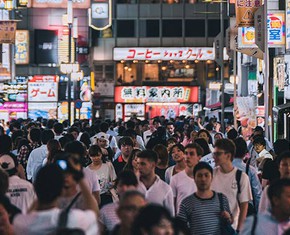
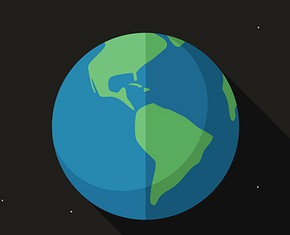

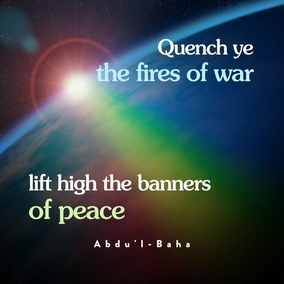
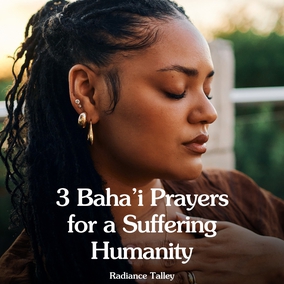
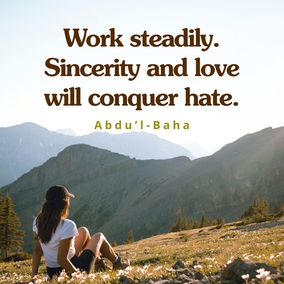
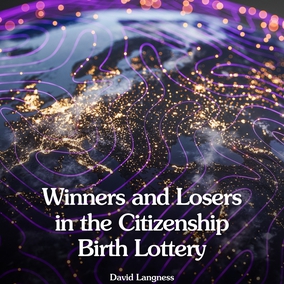
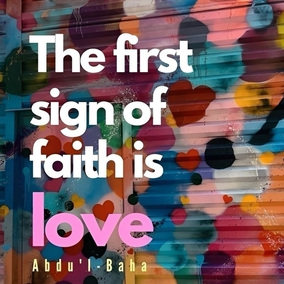
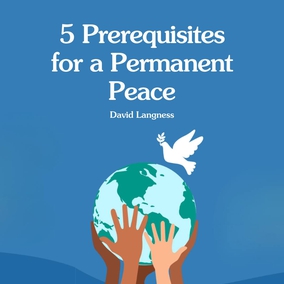

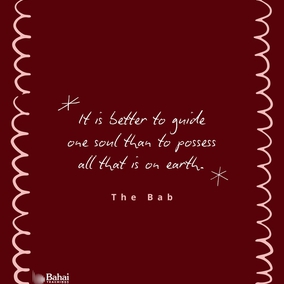

Comments
Sign in or create an account
Continue with Googleor